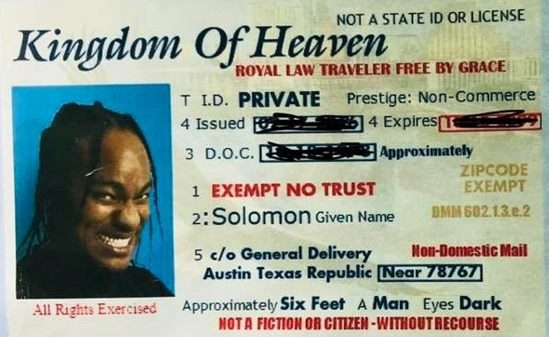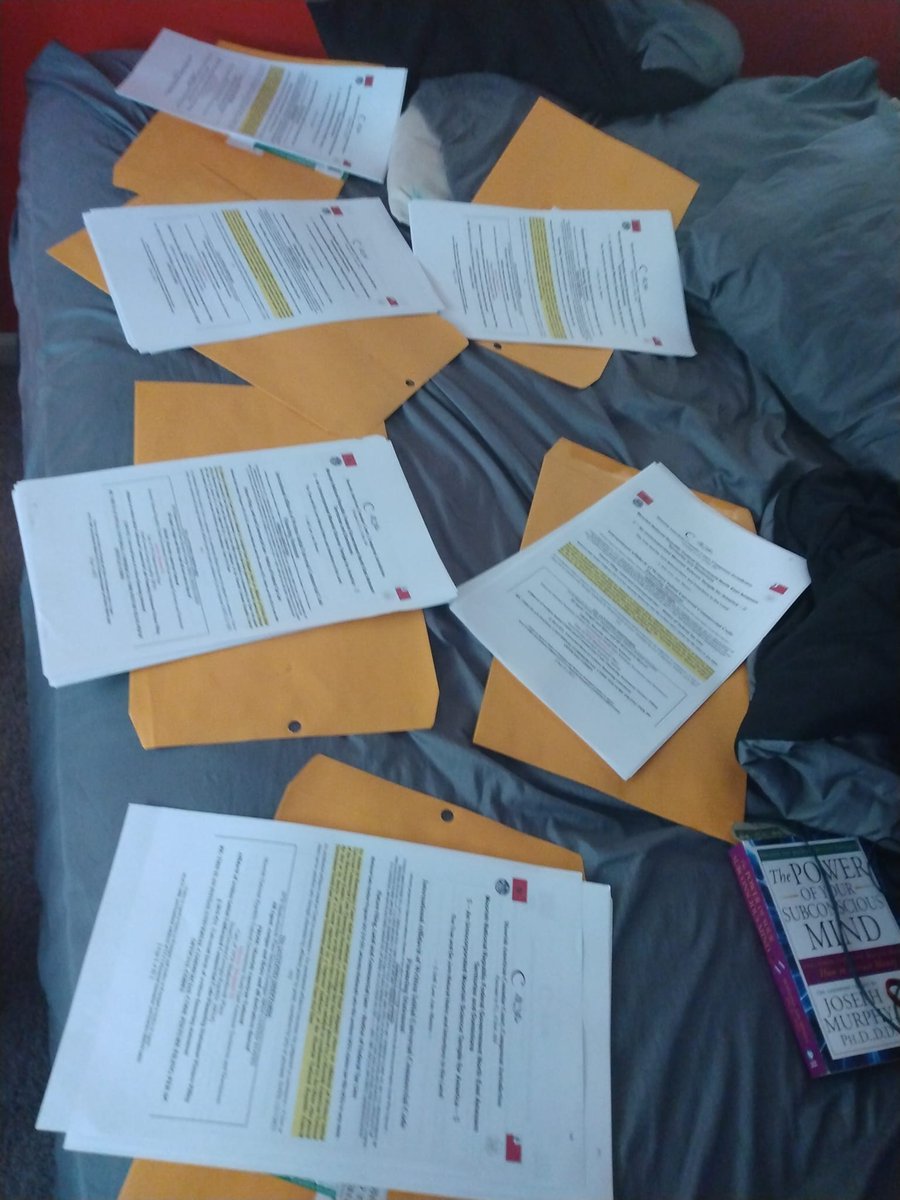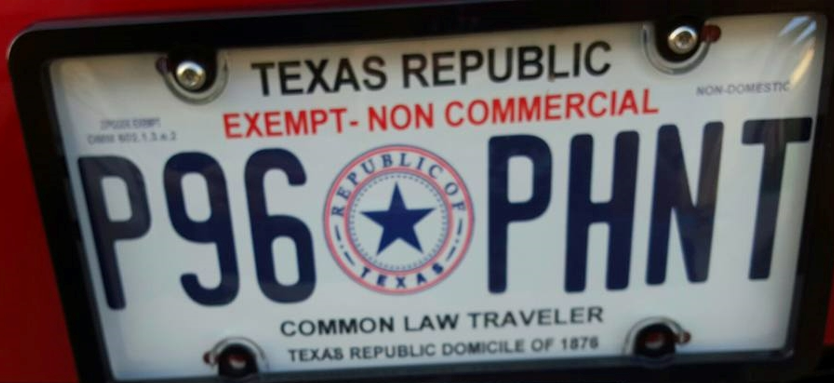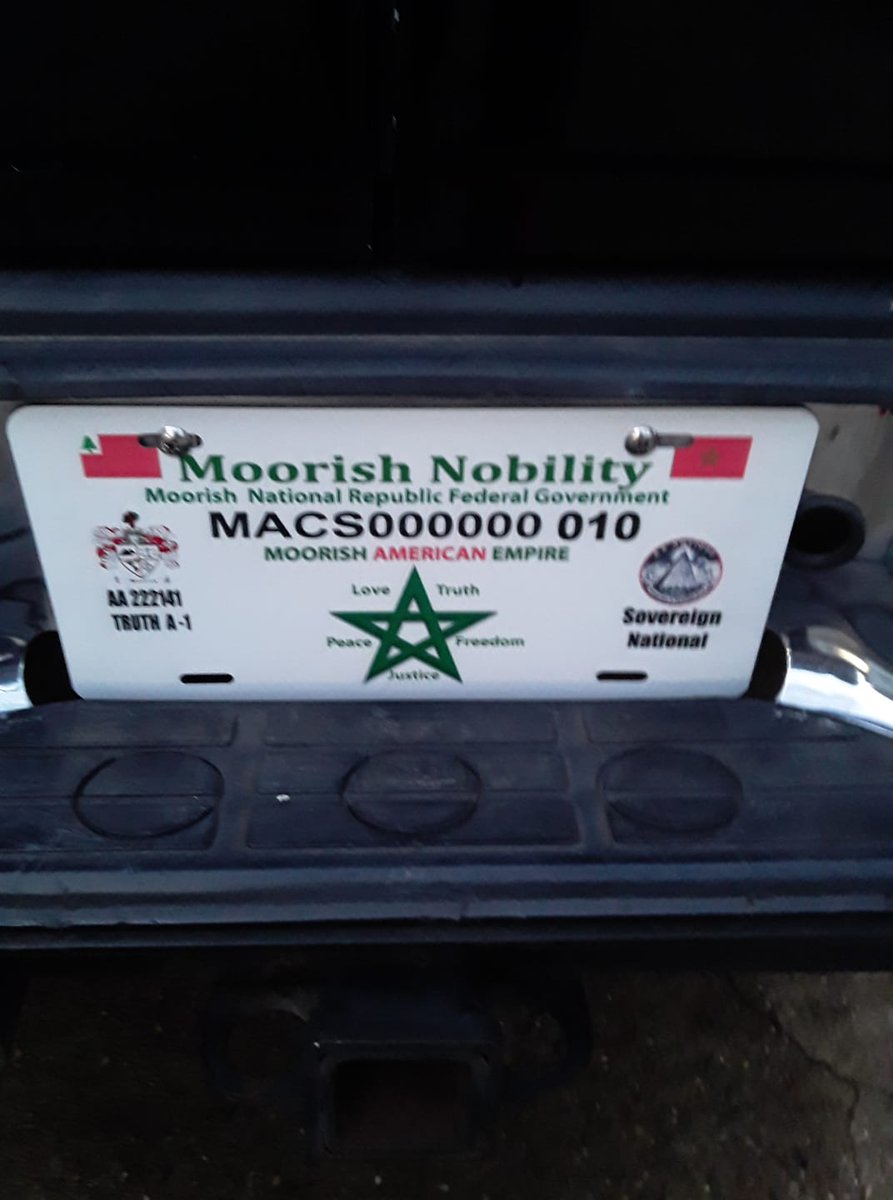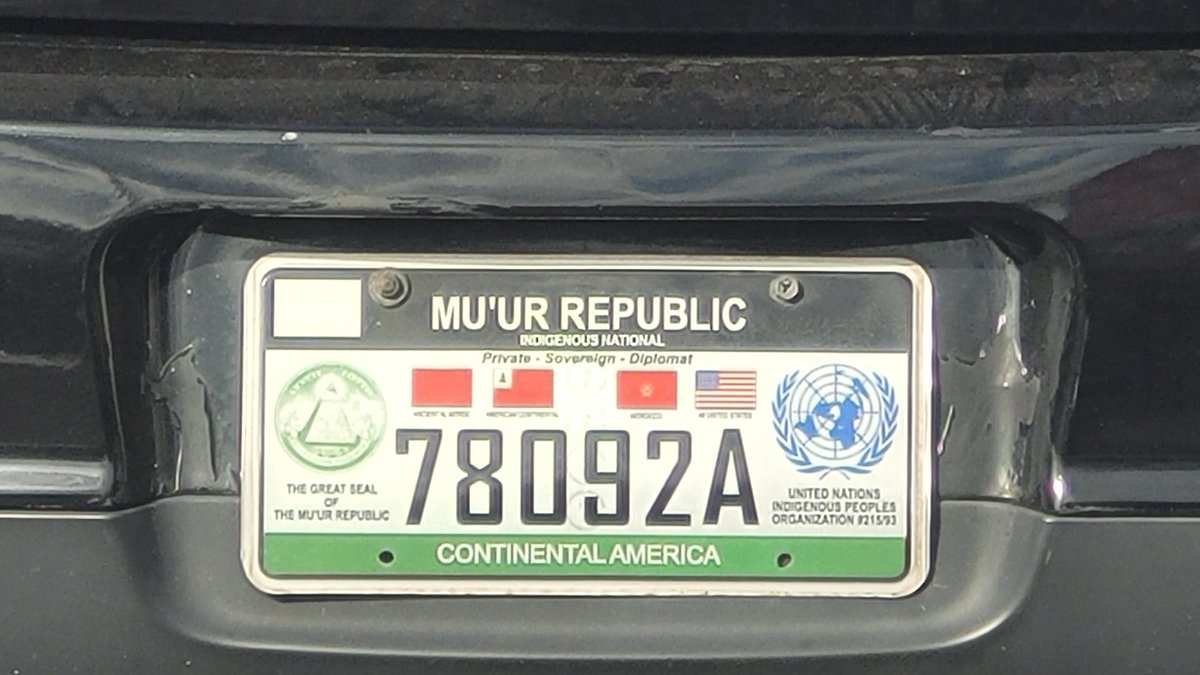
Today I thought I'd share another thread-profile on a historical American right-wing extremist. Up this time is Linda Thompson (1953-2009), a key pioneer in the militia movement and an unfortunately significant influence on Oklahoma City bomber Timothy McVeigh. 

Some extremists are active for decades, but Linda Thompson was different, suddenly rising from obscurity to become a national figure, then disappearing from the scene after only a few years. But her timing was unfortunately impeccable.
Thompson grew up in Georgia, served in the U.S. Army from 1974-1978 (allowing herself subsequently to call herself a "Vietnam-era veteran) as a clerk/stenographer, and graduated from law school in Indiana in 1988. She opened a law practice, first in Georgia, then Indiana.
The early Linda Thompson was a sort of libertarian liberal, even getting involved in two abortion rights cases (although conspiratorial even then, claiming that certain doctors were involved in a nationwide antiabortion conspiracy to delay pregnancy test results). As late as 1992 

she ran for state senate as a Democrat. However, she was also a vocal pro-gun advocate.
She and her husband were also heavily involved in the burgeoning scene of dial-in computer bulletin boards (BBS), running several, including the Associated Electronic Network (AEN).

She and her husband were also heavily involved in the burgeoning scene of dial-in computer bulletin boards (BBS), running several, including the Associated Electronic Network (AEN).


LT later claimed that the Ruby Ridge incident in late 1992 had a big influence on her, but it was the standoff between the Branch Davidians and the federal gov't in early 1993 that actually galvanized her to action. She traveled to Texas to help Gary Hunt, another right-wing
Davidian defender, and filed a brief requesting to be named counsel for Davidian leader David Koresh. She later split with Hunt (they became bitter enemies) but in late March 1993 posted a nationwide call for armed volunteers ("militia men") to show up at Waco. At this time, the
militia movement did not exist, but she took a big step towards its formation by appointing herself "acting adjutant general" of the "Unorganized Militia of the United States" (this latter entity is a nominal manpower pool established by an obsolete law). She started with a
flyer ("Waco: Time for the Militia), then broadcast it more widely, expecting thousands to join her at Waco in early April. However, only 20-30 people showed up--it was a bust. Today, with the Internet having a much greater reach than BBSs, it might have been much bigger. 



Shortly thereafter, though, she did something far more significant, releasing a conspiratorial VHS tape called "Waco: the Big Lie," which alleged numerous government misdeeds and claimed it was the FBI that had set fire to the Davidian compound. The tape had a huge effect. Sales 

of the tape allowed Thompson to do "patriot" stuff full time through her American Justice Federation. Her tapes were not only sold but were widely copied and distributed still further. In these pre-internet days, various groups organized events to show the tape to crowds. Others 





wrote letters to the editor to their local papers recommending the tape. RIght-wing columnists--including Walter Williams--also promoted the tape. Using unaired footage from satellite intercepts (you used to be able to do this before signals were encrypted), it had a mesmerizing
effect. Thompson's AJF received hundreds of letters and phone calls each day--she had to hire people just to open the mail. One caller, in August 1993, was one young man named Timothy McVeigh, who watched the tape over and over again. Thompson followed up the video with others, 

including Waco II: The Big Lie Continues and America Under Siege, a classic black helicopter-style conspiracy video. Through her videotapes, her computer BBS, her appearances on mainstream and extremist shows (including her own short-lived shortwave radio show in 1994), and more, 



she played a huge role in propagating militia conspiracy theories across the country. Trying to capitalize on her prominence, on April 19, 1994, the anniversary of the bloody end to Waco, she issued a call for an armed march by militia groups on Washington DC to try and hang 

treasonous members of Congress. She regretted her earlier event at Waco had been peaceful, saying, “Now I wish we had gone armed and killed every one of those bastards. They’re all traitors and criminals.” She also issued an ultimatum to Congress and penned a new Declaration of
Independence. She got tacit support from some militia groups and considerable support from the influential William Cooper, but others in the movement attacked her for such a grandiose plan. The John Birch Society even warned its followers against her.
Perhaps because of these factors, it soon became clear that no one was going to show up in D.C. There would be no storming of the Capitol in 1994. So Thompson canceled the event in August, declaring victory--she said her real purpose had only been to spur the creation of militia
groups (the movement was growing but not because of her march). This was Thompson's first clear defeat. It made her bitter and increasingly she attacked other militia figures--who responded in kind.
Thompson received another huge burst of publicity as a result of the actions
Thompson received another huge burst of publicity as a result of the actions
of one of her fans--Timothy McVeigh, who blew up a federal building in OKC on April 19, 1995. The media now "discovered" the militia movement and Thompson was one of its most visible promoters. She was now featured in countless articles--one in Esquire Magazine was titled "The 

White Woman from Hell." Much of the publicity was negative, with other militia figures eager to criticize her to reporters. Thompson decided this was because she was a woman (there was some truth in that, but she was also just really hard to get along with) and she lashed out
even more. Her influence rapidly diminished (though her Waco vids remained popular), exacerbated by the fact that she had no group of her own and also by the fact that, unlike similar people, such as the young Alex Jones, she never really was able to take advantage of the Web.
She didn't disappear entirely. She helped to create the "Clinton body count" conspiracy theory and in 1996 and 1997 she provided legal assistance in militia-related incidents/trials in GA & MA, but after that she largely fell off the radar screen.
This was due to personal issues as well as her loss of influence. One of her sons ended up in foster care and she soon divorced her husband. Not long after, she had a disastrous gastric bypass surgery, complications of which required more surgeries and IV-fed nutrients. These
issues led to more issues, and considerable pain and wasting away. After years of misery, she died in 2009 of an overdose of the pain medication she was taking to provide relief. Virtually no one--not in the militia movement nor in the mainstream media--even knew she'd died.
• • •
Missing some Tweet in this thread? You can try to
force a refresh








